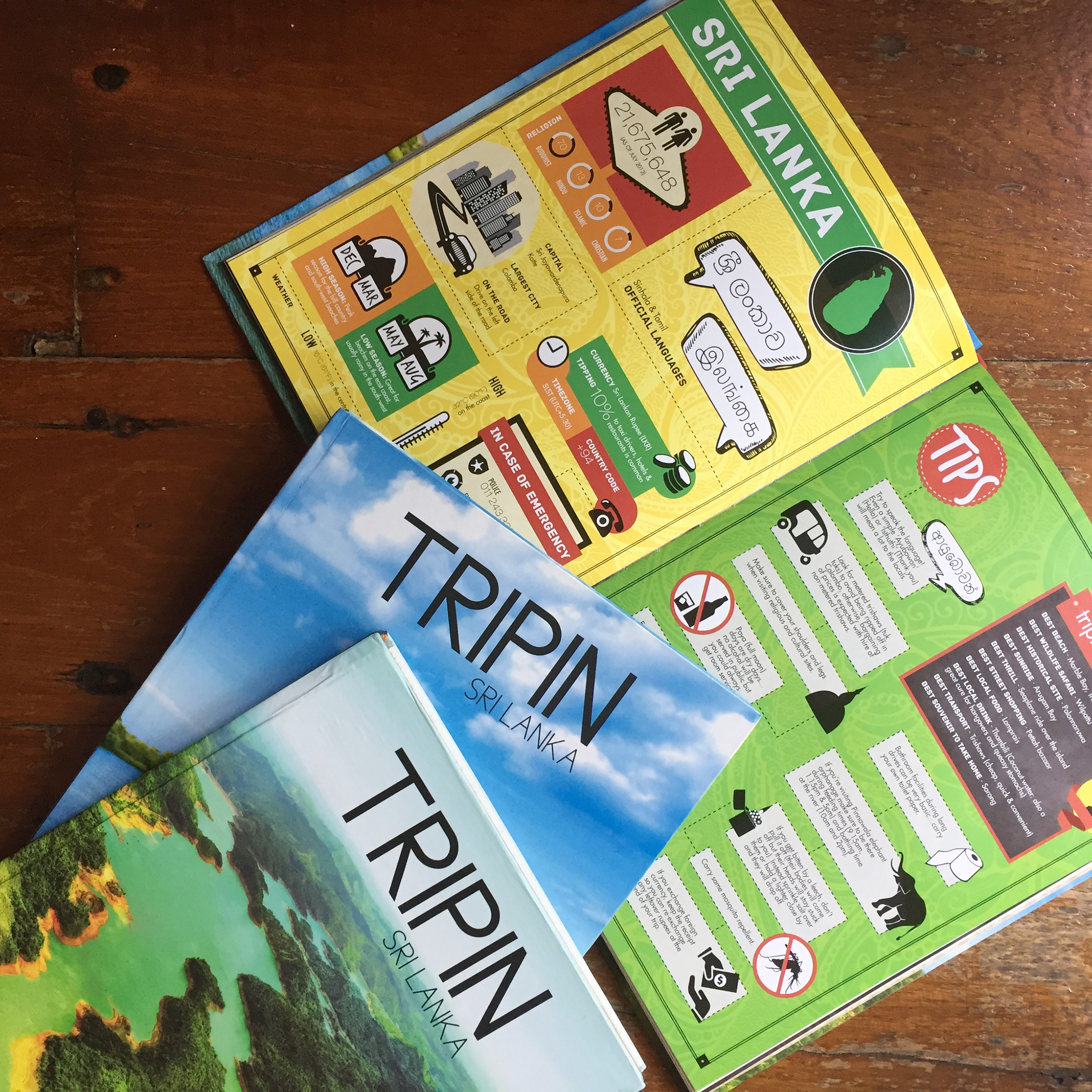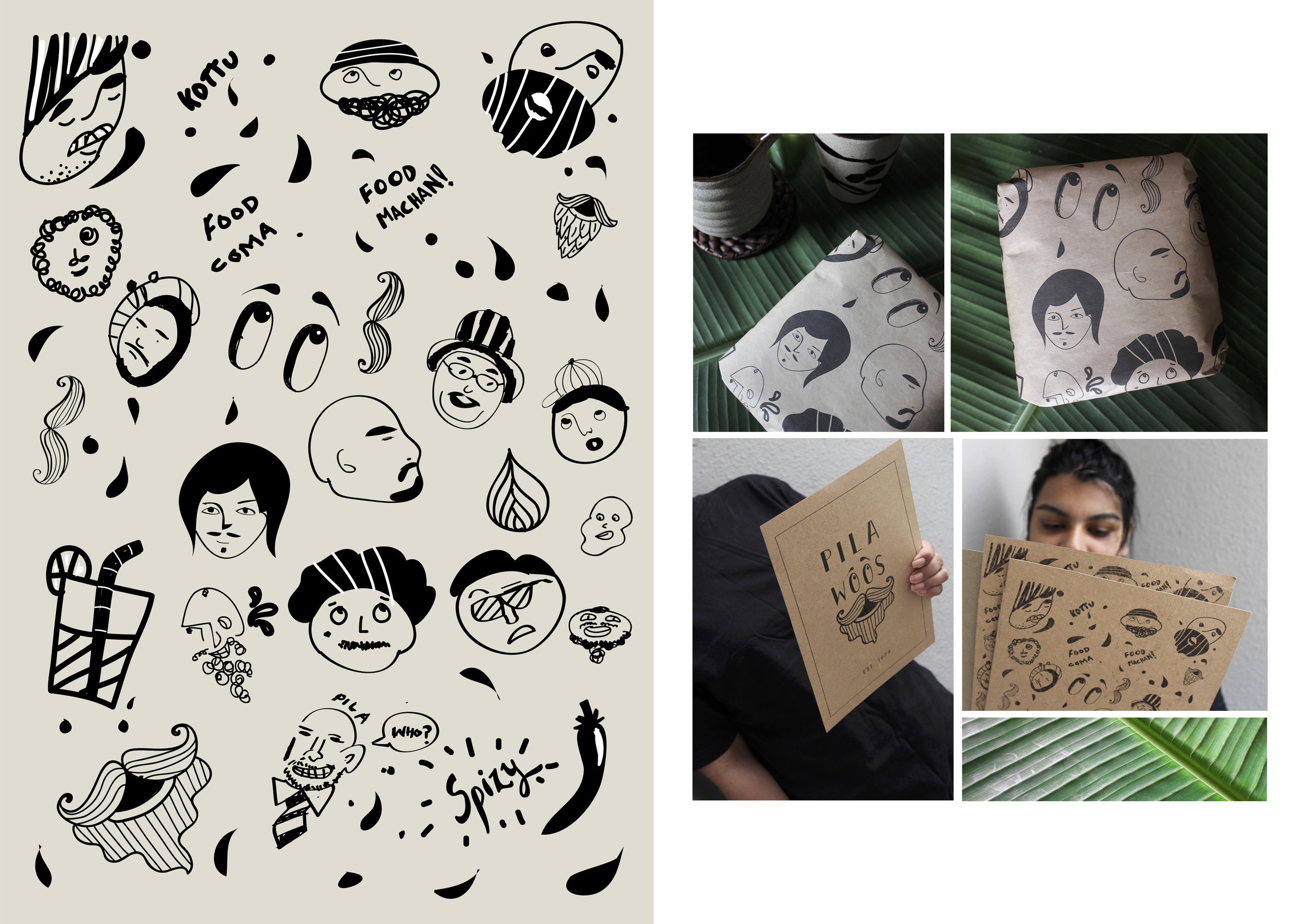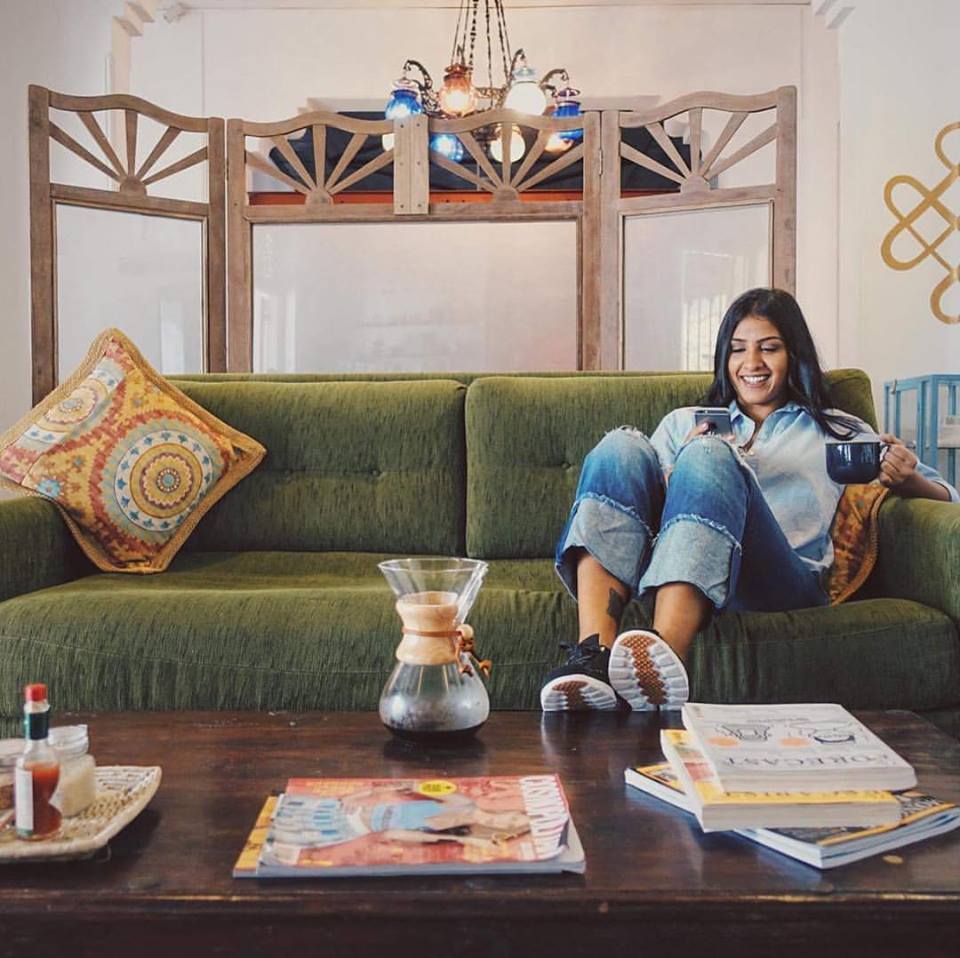Masego is a saxophonist that’s able to play pretty much any other instrument put in front of him. If that wasn’t enough – he also sings, raps and produces. The music he makes teeters in a world of sounds that aren’t restricted to any one genre. His track ‘Send Yo’ Rita’ strikes the perfect balance between overbearing and faint trap influences. It’s bound to bring back those 02’ feels due to the JT Senorita sample. The sax solo on the track is sex, my only complaint is I wish there was more of it.
Jazz fusion maestro Stephen Bruner aka Thundercat (underrated and under-listened to) brings the fire on his album ‘Drunk’. He contributed extensively to Kendrick’s 2015 ‘To Pimp A Butterfly’ and last years ‘Untitled Unmastered’. Now Kendrick lends his talents to Thundercats ‘Walk On By’. On the track Cat pleads for his partner to stay and work through their relationship woes. In true Kendrick fashion, later he surfaces with a mellowed out flow about sins, condolences and death. It ain’t as morbid as it sounds, trust.
Undoubtedly one of my all time favourite tracks by Tom Misch - dubbed one of the UK’s most exciting producers. He initially gained attention for his ‘Beat Tape 1’, a collection of J Dilla inspired tracks he put online which gained A LOT of attention. In 2015 he dropped his ‘Beat Tape 2’ – heavy on the collaborations offering up a concoction of neo-soul and hip hop influenced tracks. This track ‘In The Midst Of It All’ although incredibly mellow is super capable of seducing bodies onto the dance-floor. It’s the perfect blend of pop and jazz and along with Sam Wills silky sweet vocals its a track you can’t shake off in a hurry.
Love the original Redbone by Childish Gambino, here I’ve shared the Redbone slowed to crawl - which I think I love even more. It’s a full blown funk slow jam of love, lust, reconciliation and wokeness. Donald Glover continues to reign supreme.
Put any instrument in front of FKJ and he’ll work his magic. In ‘Why Are There Boundaries’ FKJ keeps it uber mellow with his smooth like peanut butter vocals layered over what sounds like an old school RnB instrumental, infused with jazz guitar and other rhythmic elements. You can’t help but close your eyes and bop to a track like this – it’s got a hell of a lot of heart! What I love most about this track – its honesty.
An oldie but a goodie! A song written by Smokey Robinson, Pete Moore and Marve Tarplin in 1965. Another super honest track – talking of love, loss and longing. We’ve all been there – it’s a track easy to relate to. ‘Take a good look at my face, you’ll see my smile looks out of place, if you look a little bit closer, it’s easy to trace the tracks of my tears.’
“What ‘Cranes’ reveals is that time doesn’t heal all wounds, but instead you learn to live with the gashes. Solange’s voice is soothing, a balmy dressing for the lacerations. But she’s letting you know there will still be scars. It’s a song that reminds you that there is an ‘it’ you carry around, that you don’t always get the answers and that you don’t always get closure” – What Solange does so well on this track is to strike a balance between joyous and melancholy. There’s loss and there’s victory. - OKAYPLAYER
This song and video gives me an overwhelming sense of nostalgia – Headphones on, on the DLR heading out from Limehouse. Every single time. Bonzai’s lovely lyrics and soothing vocals blend perfectly with MM’s unique sound of organic and synthetic instruments. Throw in steel drums and squelching synths, you’ve got yourself a delicious cocktail of a track to sip on. Super in love with their tracks ‘Lovesick’ and ‘Firefly’ do give em a listen.
“The music on “History Lesson” is almost laughably gentle at first, and Jaar employs a trick favored by both John Lennon (“Run for Your Life”) and Paul McCartney (“Maxwell’s Silver Hammer”), juxtaposing inviting music with disturbing lyrics. Here’s how his history lesson starts: “Chapter one: We fucked up/Chapter two: We did it again, and again, and again, and again/Chapter three: We didn’t say sorry.” And so on. The words are a harsh rebuke of any political system. But the music is tender. And the track is bleak and funny, and naïve and wise, and political and personal. It feels like everything all at once. It feels like Sirens.” – PITCHFORK
Goldlink and Masego make fire together on the track ‘Late Night’. This track in particular I feel gives off a Frank Ocean-esque vibe. My only complaint – Goldlink tracks are too short, need more more more!
---
I know it says top ten but here’s one for the road. A track that I will never ever tire of. It’s some real funky shit not to be taken lightly. Andre 3000 and Big Bois story telling skills are outta this world this track in particular deserves a gold medal. Thank you Outkast.
You’ll hear these beauties on the Café Kumbuk playlists from time to time. We’ve got plenty more where that came from. Stay tuned.




























